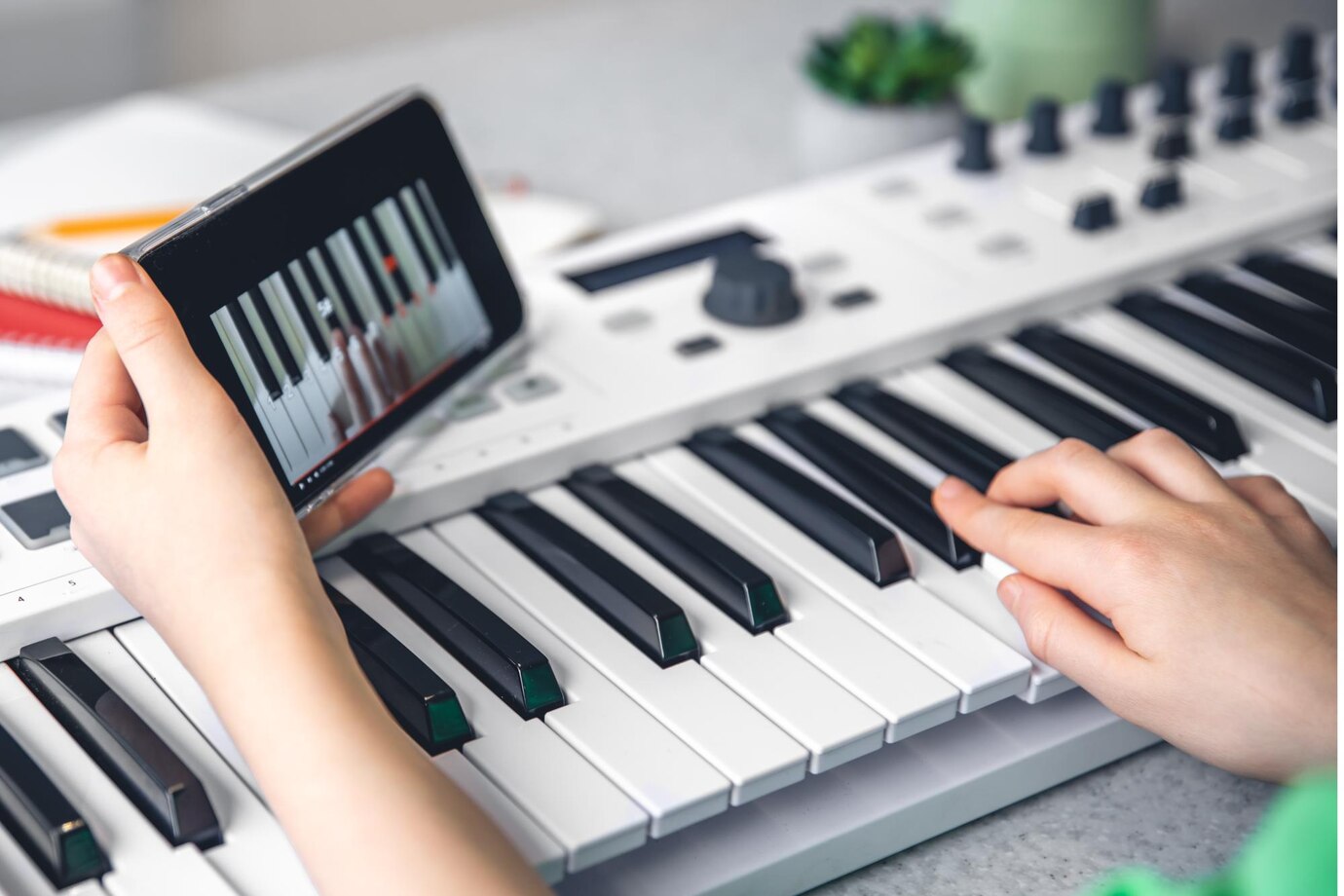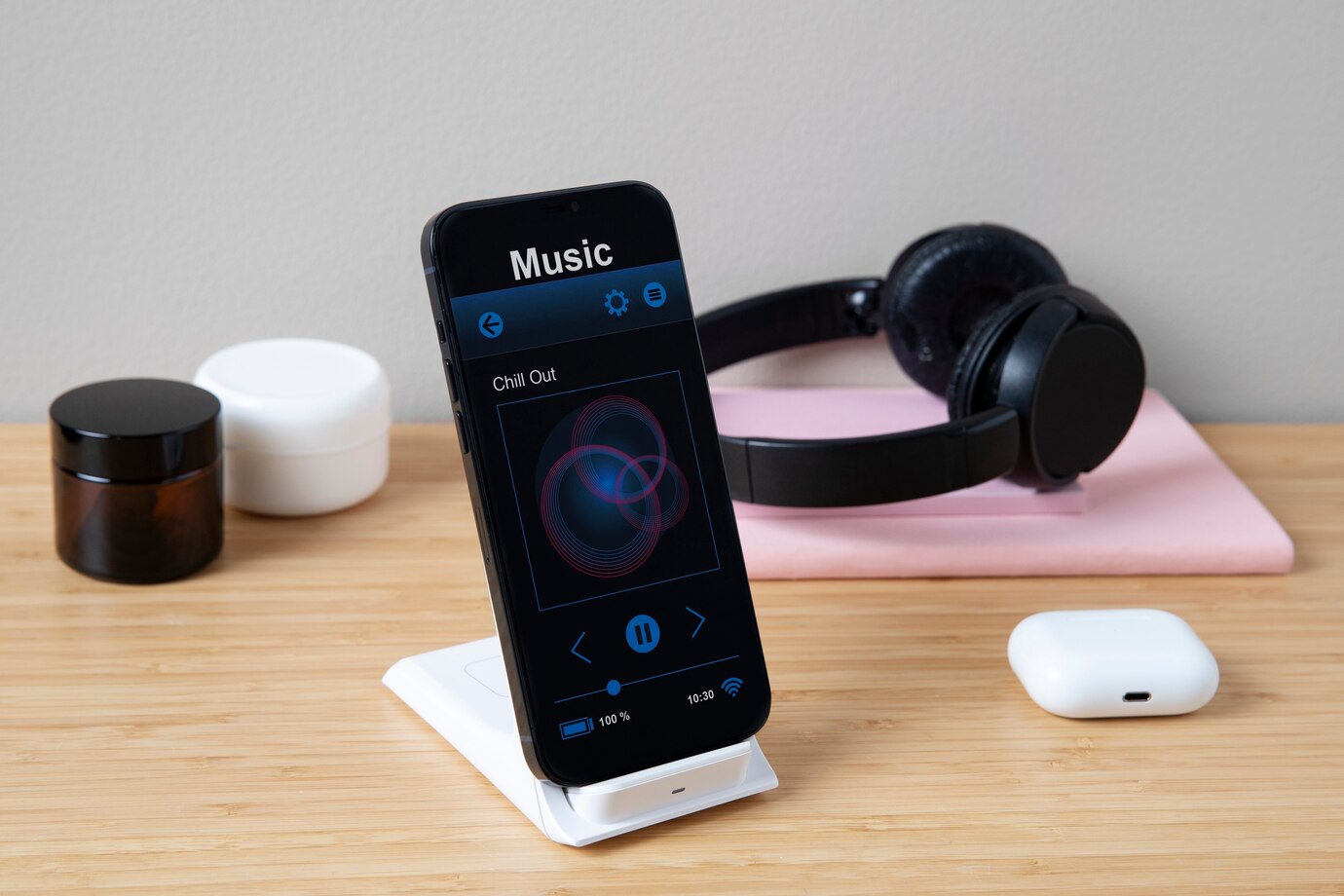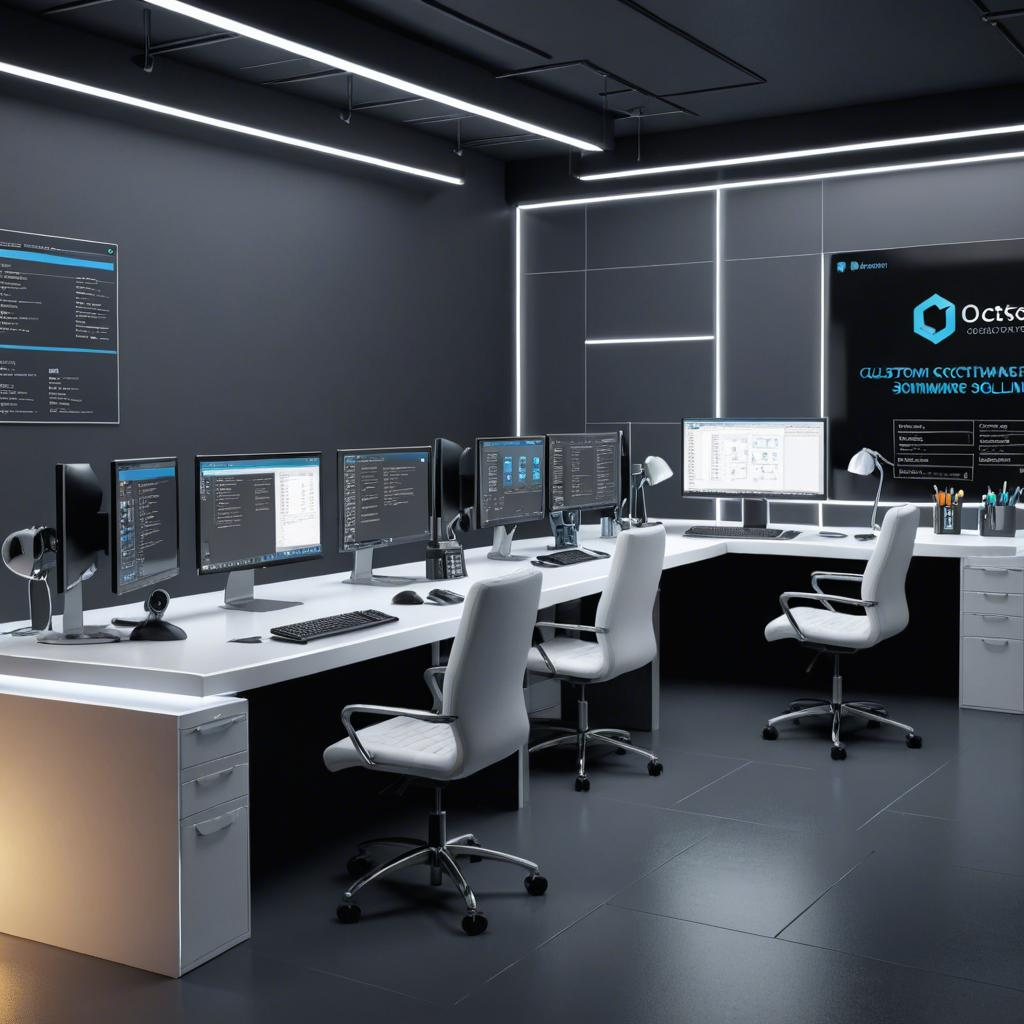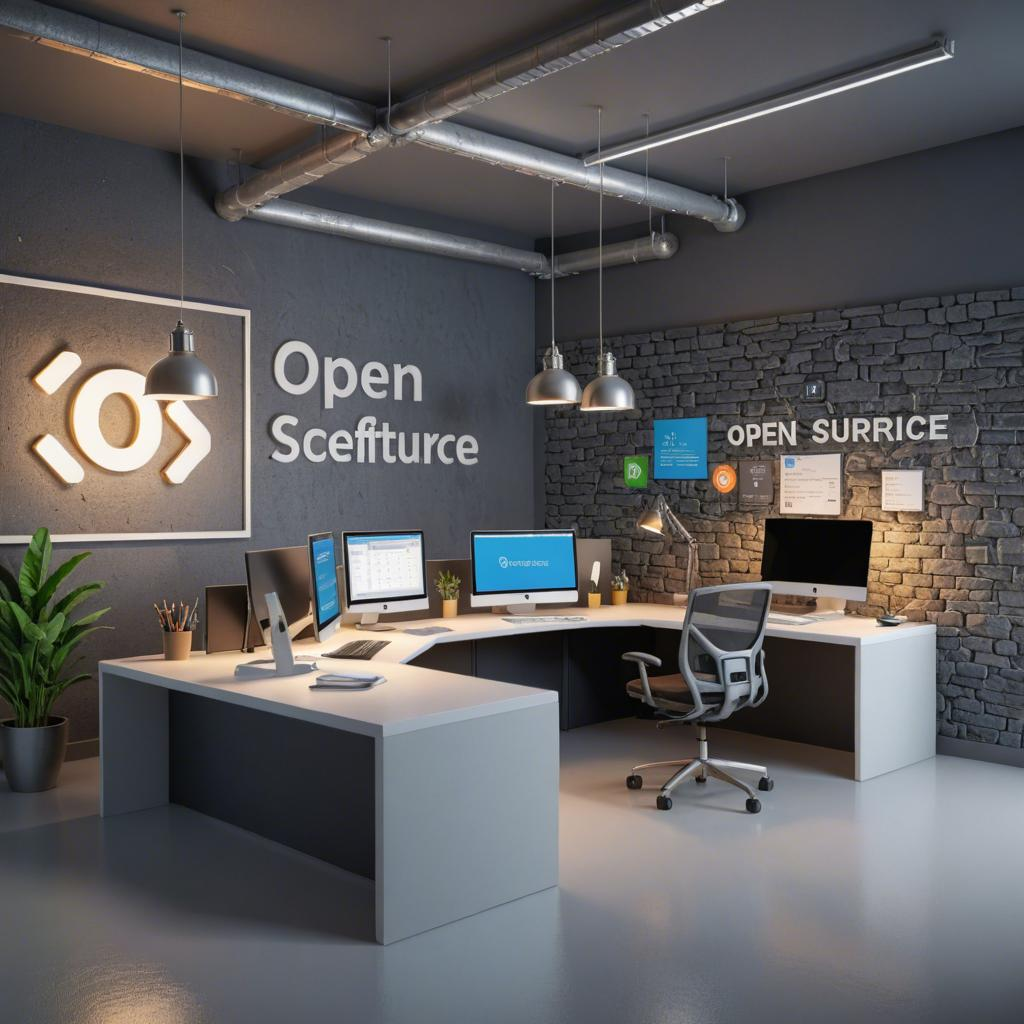How to Build a Mobile App for the Music Industry
In today's dynamic and rapidly evolving music industry, mobile apps have emerged as game-changers. From streaming services to social platforms for artists and fans, mobile apps provide unique opportunities to connect, create, and share music. For aspiring entrepreneurs and developers looking to enter this space, understanding the nuances of app development for the music industry is critical. Mobile app developers play a crucial role in shaping how audiences and artists interact in this digital age. This article provides a step-by-step guide to building a Mobile App tailored for the music industry.
Understanding the Music Industry Landscape

Before diving into development, it is essential to research and understand the current trends in the music industry. Mobile app developers should analyze the dominant players, including streaming giants like Spotify and Apple Music, as well as niche platforms such as Bandcamp. Study their features, user interfaces, and market strategies. This will help identify gaps in the market and uncover opportunities for innovation.
The music industry is not limited to streaming alone. Artists and labels are looking for tools to manage tours, connect with fans, distribute content, and even facilitate collaborations. Define your app’s core purpose based on a well-researched understanding of what the market needs.
Conceptualizing Your Mobile App

Once you have a clear grasp of the industry, conceptualize your app’s unique selling proposition (USP). Mobile app developers should focus on creating a product that solves a specific problem. For instance, if your app targets independent artists, it might include features like royalty tracking, social sharing tools, or collaborative songwriting spaces.
Defining your app’s target audience is equally important. Are you building an app for casual listeners, professional musicians, or record labels? Your audience will dictate the app’s design, features, and marketing strategy. Create a wireframe or mockup to visualize how users will navigate the app. Keep the design intuitive and user-friendly, prioritizing accessibility and ease of use.
Choosing the Right Technology

Selecting the right technology stack is crucial for the app's success. Mobile app developers should decide whether to build a native app, a cross-platform app, or a web app based on the target audience and budget. Native apps provide superior performance and seamless integration with device-specific features, but they require separate development for iOS and Android. Cross-platform frameworks like Flutter or React Native allow you to build a single codebase for both platforms, saving time and resources.
Incorporating APIs (Application Programming Interfaces) can significantly enhance your app’s functionality. For instance, you can integrate music streaming APIs like Spotify’s or YouTube’s to allow users to access a vast library of music. Consider audio recognition APIs if your app involves music identification or analysis. Additionally, use cloud storage solutions to manage large audio files efficiently.
Building Engaging Features

To stand out in the crowded music app market, focus on features that resonate with your target audience. For a music discovery app, algorithms that recommend personalized playlists are key. Social features like sharing playlists, commenting, and collaborating on music can boost engagement. If your app targets artists, provide tools for uploading tracks, monitoring analytics, and interacting with fans.
Another important aspect is monetization. Mobile app developers should consider incorporating subscription models, in-app purchases, or ad-supported tiers. Offering free basic features with premium upgrades can attract a wider user base while generating revenue.
User-Centric Design and Experience

The user interface (UI) and user experience (UX) can make or break your app. A clean, visually appealing design with intuitive navigation ensures users stay engaged. Pay attention to how users interact with the app during beta testing. Incorporate feedback to refine the design and fix bugs.
Mobile app developers should ensure the app is optimized for both performance and accessibility. This includes fast loading times, smooth transitions, and compatibility with various devices. Implementing accessibility features such as screen reader compatibility and customizable text sizes will make the app more inclusive.
Testing and Launching

Thorough testing is a non-negotiable step in mobile app development. Conduct alpha and beta testing phases to identify and fix any issues. Testing should cover functionality, performance, security, and usability. Collaborate with a group of early adopters or industry insiders to gather feedback before the official launch.
Once testing is complete, plan a robust launch strategy. Leverage social media, influencer partnerships, and industry events to promote your app. Create a compelling app store listing with high-quality visuals and a detailed description of your app’s features.
Post-Launch Support and Updates

The launch is just the beginning. Mobile app developers must prioritize ongoing support and updates to keep users engaged. Regularly release updates that include new features, bug fixes, and performance enhancements. Monitor user feedback and analytics to identify areas for improvement.
In the music industry, trends change rapidly. Stay informed about emerging technologies and user preferences to keep your app relevant. Collaborate with artists, labels, and other stakeholders to expand your app’s reach and impact.
Conclusion

Building a Mobile App for the music industry is a rewarding challenge that requires a blend of creativity, technical expertise, and market awareness. Mobile app developers have the opportunity to revolutionize how music is created, shared, and experienced. By focusing on user needs, leveraging the right technology, and offering continuous support, you can create an app that resonates with users and stands the test of time. Whether you aim to connect fans with their favorite artists or empower musicians with innovative tools, the potential for success in this space is boundless.






